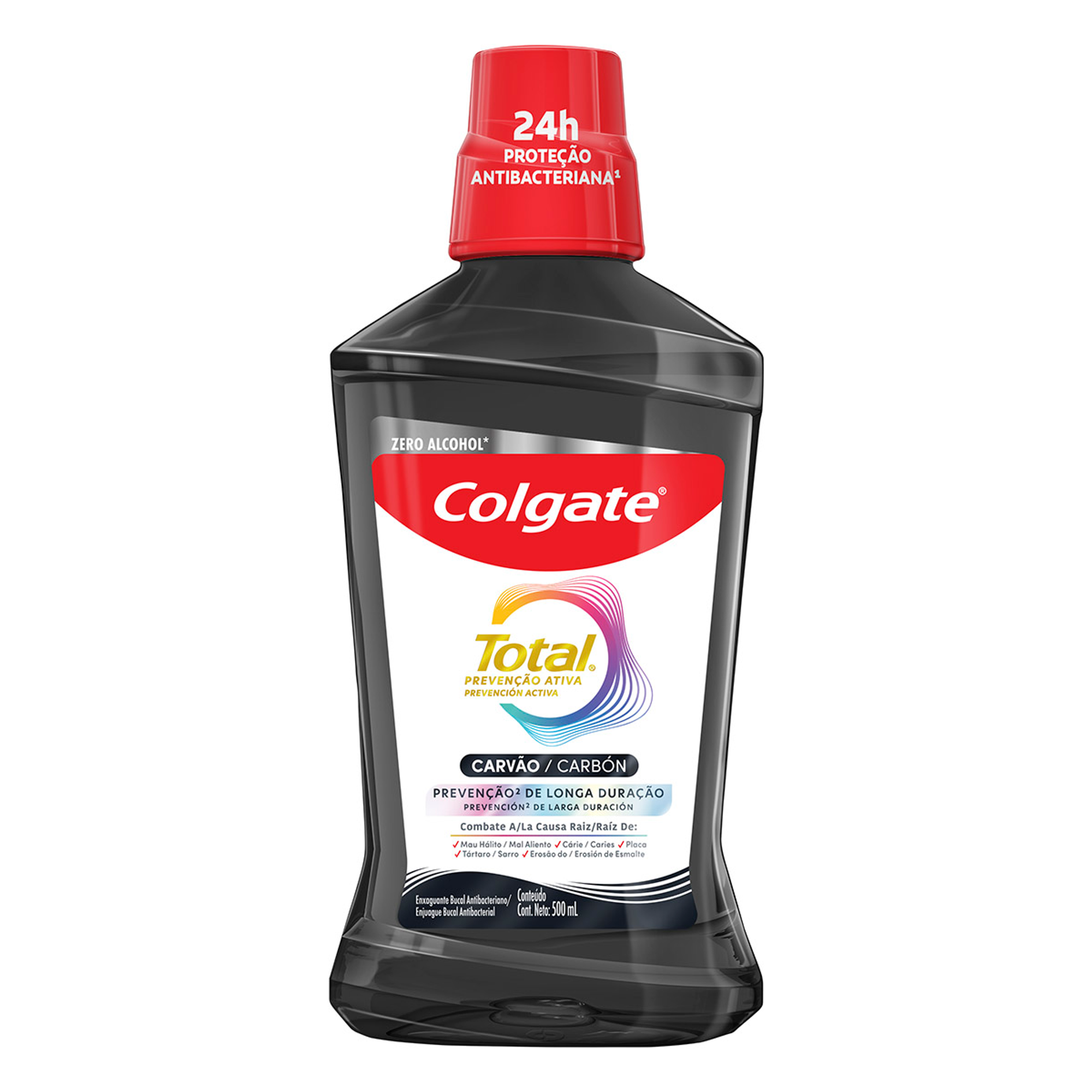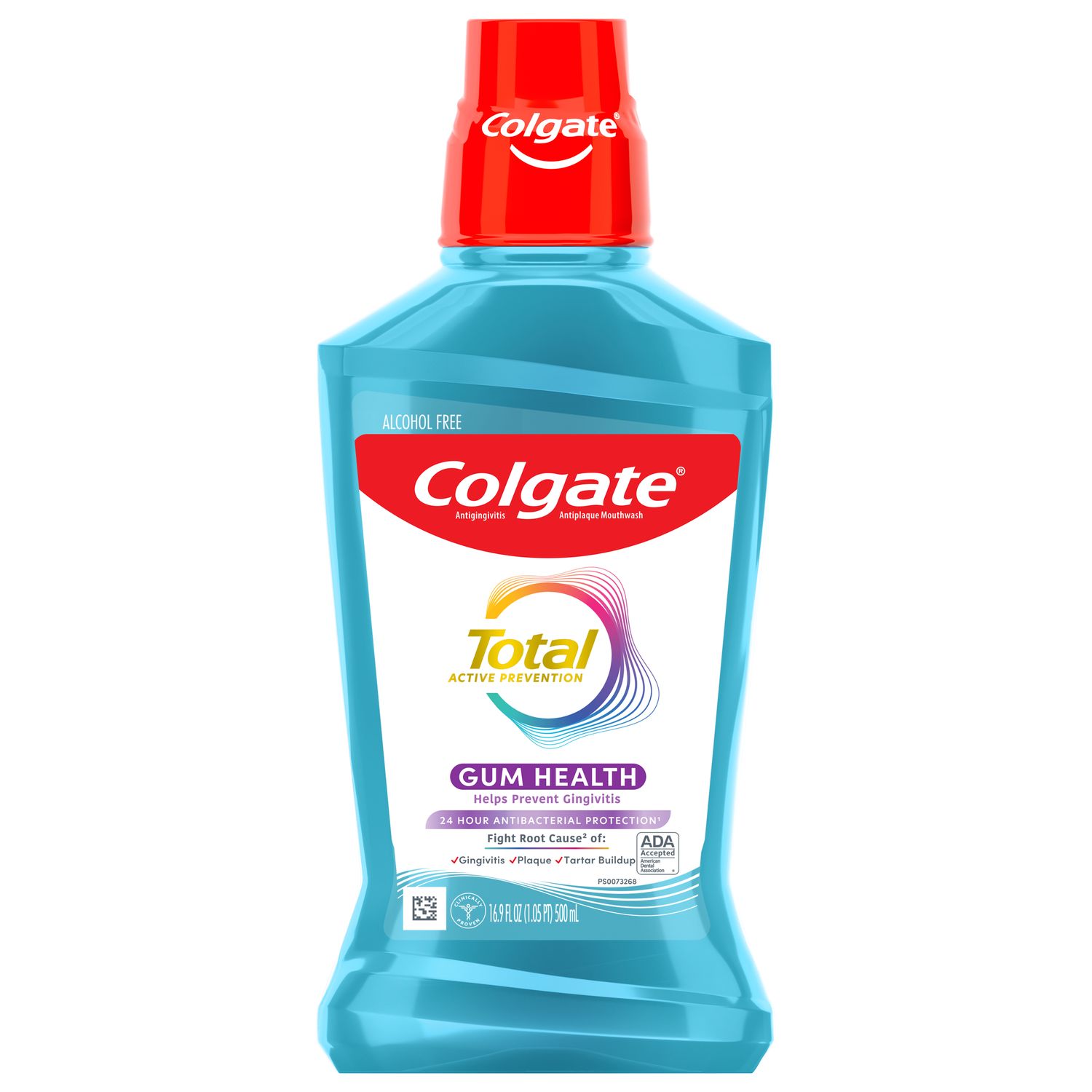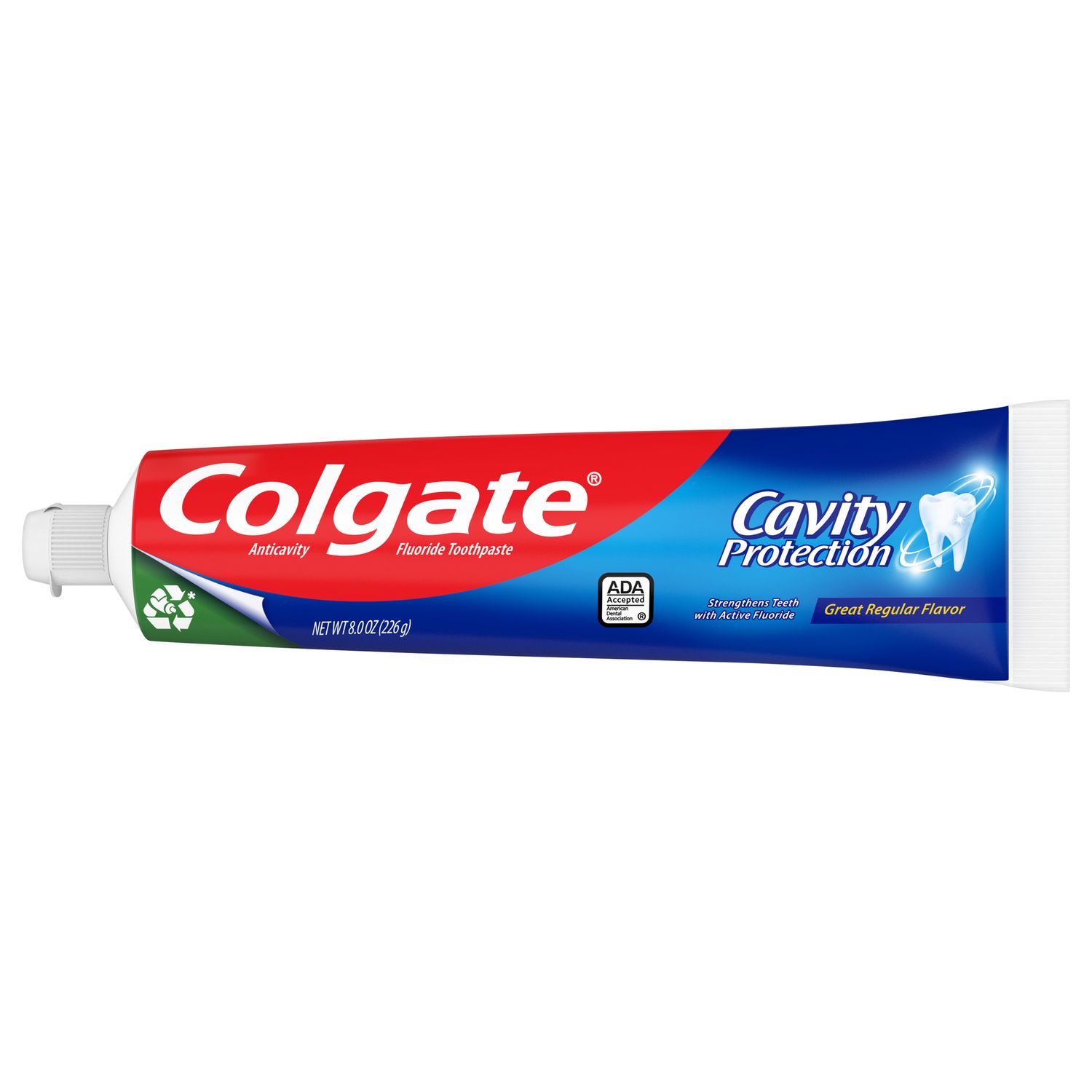Traditional Flossing
Flossing helps remove food particles and plaque. Without flossing, plaque build-up can lead to gingivitis or gum disease. That's why it's so essential to add flossing to your daily oral care routine. Traditional flossing or manual flossing involves moving sections of waxed or non-waxed string between your teeth and under your gumline to remove bacteria and food debris.
Water Flossing
A water flosser is a hand-held device that squirts fresh water between your teeth, removing food debris and plaque. Often the flosser tool connects to a water tank you refill when needed.
Do Water Flossers Work?
According to the American Dental Association, water flossers effectively clear food debris and plaque between and around your teeth. Water flossing can be an excellent alternative if you have trouble flossing manually or have braces preventing you from moving floss between your teeth.
Water flossing vs. regular floss
Traditional floss is the "gold standard" recommended by dentists and dental hygienists. It's proven to be effective in preventing gingivitis and gum disease if done correctly and regularly. Also, floss containers are small and portable: you can take floss wherever you go in your purse, backpack, or desk drawer.
Water flossers can be an excellent alternative to traditional flossing for people who have trouble with manual flossing. If you have had dental work that makes flossing difficult such as braces or bridges, water flossers can help you keep your teeth clean. There is also less waste in your trash bin after you floss because you aren't throwing away string sections.
However, a water flosser typically includes a water tank and needs electricity to work. A water flosser isn't as convenient and portable as traditional floss.
According to the ADA, the best way to floss is to use devices designed for cleaning teeth, such as string floss and water flossers, for disease prevention and oral health. If manual flossing is difficult for you, water flossers are a good alternative for clearing food debris and plaque. The most important thing is that flossing is a part of your daily oral care routine and that you aren't using inappropriate items to floss, such as your fingernails or pieces of paper. Floss at least once a day after brushing to ensure your teeth are clear of debris and plaque in those hard to reach spaces.
This article is intended to promote understanding of and knowledge about general oral health topics. It is not intended to be a substitute for professional advice, diagnosis or treatment. Always seek the advice of your dentist or other qualified healthcare provider with any questions you may have regarding a medical condition or treatment.
ORAL HEALTH QUIZ
What's behind your smile?
Take our Oral Health assessment to get the most from your oral care routine
ORAL HEALTH QUIZ
What's behind your smile?
Take our Oral Health assessment to get the most from your oral care routine














